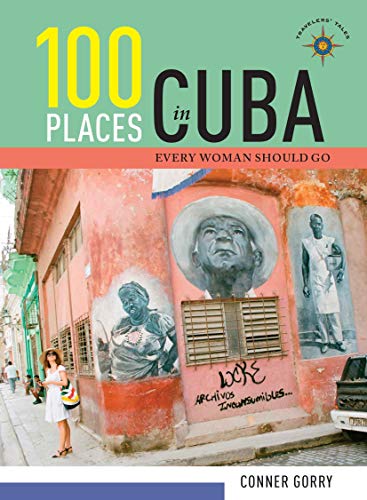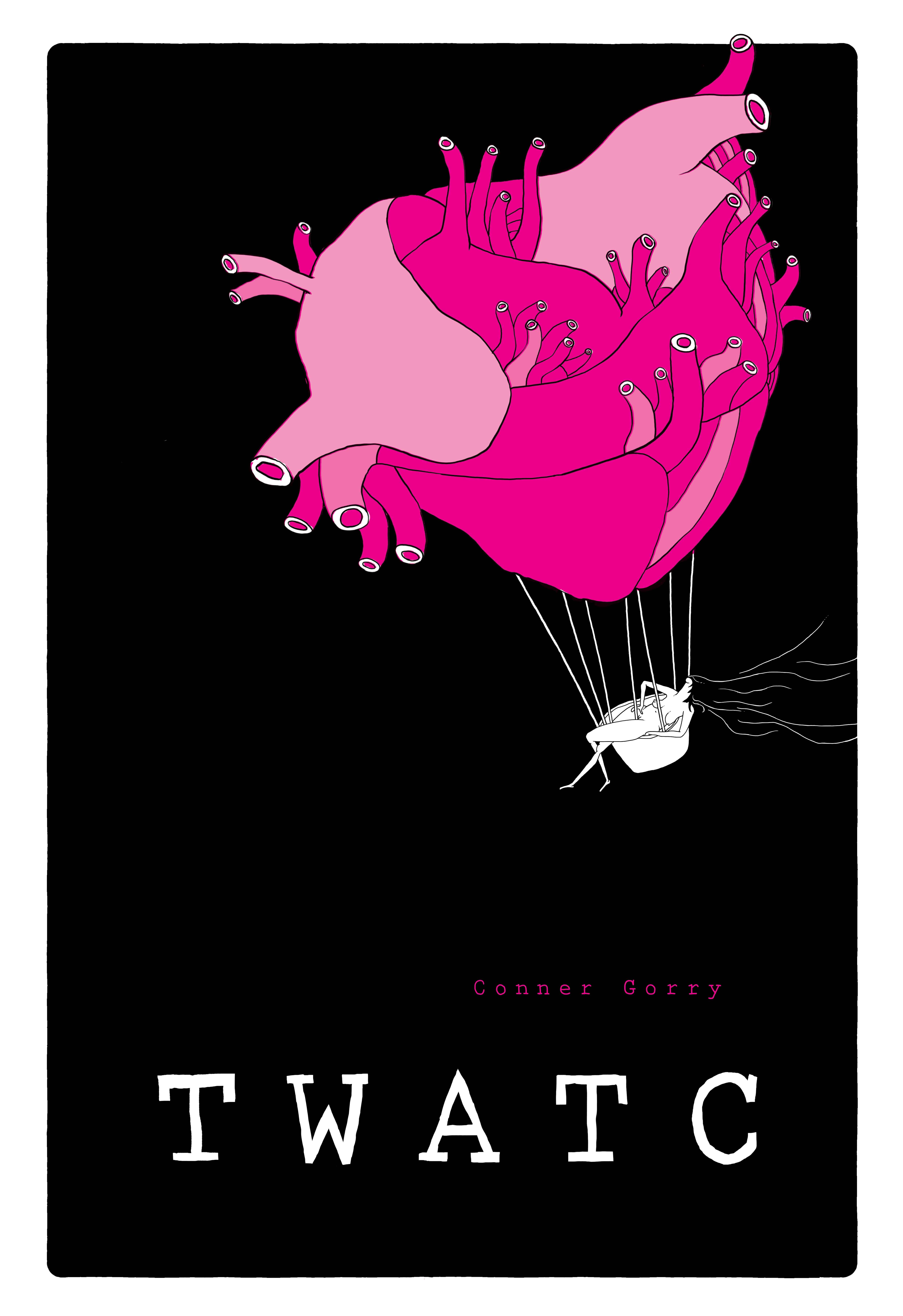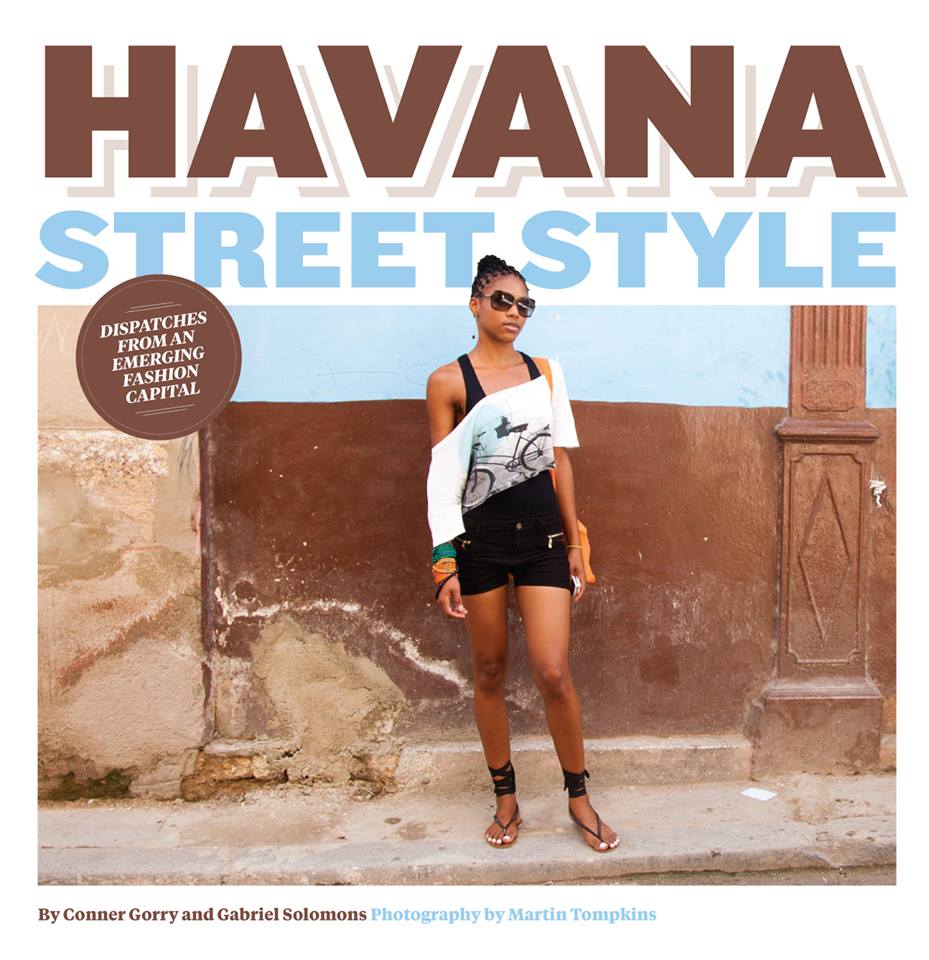It’s dark, a bit damp, the birds aren’t awake or even singing, let alone my neighbors. I rush to make coffee and walk Toby before the horizon lightens over Vedado way. It’s 5am – too early for me, except on May Day when I shuffle to the Plaza de la Revolución with 500,000 or so others in the pre-dawn calm. But today isn’t May 1st. Today I’m returning to the Combinado to visit Miguel.
I’ve been to Havana’s biggest prison several times with Miguel’s wife Esther, but today is different: today, we’re taking their 7-year old nephew. It will be the first glimpse the kid gets of his uncle since he was put behind bars over a year and a half ago.
Today is different too because it isn’t February 12, 2014, but it feels like it. That was the day my sister was moved from the ICU to the “step down” unit. A happy, relief of a day, when she could sense release from the oppressive whoosh of machines keeping people alive, the perfunctory and invasive rounds by strange doctors and students, the tests and needle jabs and jabbering nurses. She could smell freedom but couldn’t have it – not yet. Today feels similar because after 18 months in prison, Miguel has been transferred to his own step down unit, Area Zero or el campamento, as it’s known in Cuban prison-speak.
Two days after his 34th birthday he got word. He was bullied into quickly gathering his personal effects – other convicts immediately called dibs on anything left behind, snatching at them. Suddenly, Miguel couldn’t find his flip flops or lighter, undershirts or extra pens. ‘Hurry up man! You’re going home!’ As if drinking parasite-infested water in minimum security, bent double hacking grass with a machete, torpid day after torpid day held any semblance of home. But it was closer than the hard timers would ever get and besides, the more Miguel rushed, the more he was likely to forget, which would be divvied up faster than you can say ‘life sentence.’
When he called with his ‘step down’ news, we immediately began to see flashes of the old Miguel – a discernible familiarity we’d been missing. He had much more phone time for starters, and was as loquacious as ever, talking to everyone at Cuba Libro for such long periods he would ask us to hold on while he greeted prisoner friends walking by. Now, we were the ones who said we had to go rather than in his maximum security days when he’d hang up with a brusque, heavy click followed by a hollow silence. In classic Miguel style, he was also complaining: the sun was brutal; he had open, nearly oozing sores on his machete hand; and other prisoners got five day passes – he was only due to get three, sometime in November. Coño mi hermano, we said: three whole days on the outside, sleeping in his own bed, in his wife’s arms, pissing in a bathroom with a door. It was like talking to the Miguel we knew and loved, defects and all.
______
So here I am on visiting day, up before dawn making coffee for me and Miguel and walking Toby. I dress appropriately (no shorts or tank tops) and head to Esther’s house to pick her up, 7-year old Junior in tow. He’s got ants in his pants, anxious to see Miguel. He’s chipper, flashing his gap-toothed smile at the sleepy adults. It’s the same long drive to the verdant outskirts of the jail, followed by two hours waiting while they check our IDs and go through the sack of sardines, hot dogs, crackers, puffed wheat and more, item by item.
“The campamento is different, mi amor,” the guard says to Esther. “You don’t need all this food and really: you should be eating it yourself.” Esther is still woefully thin – her hip bones push sharply through her dress and as a fellow flaca, I know how grating these well-intended comments from strangers can be.
“You also shouldn’t bring it in the huge rice sack. It’s almost a kilometer to the visiting area.”
Esther looks at me and I know we’ll be sweating and flushed once they herd us onto the blazing hot road, the heavy sack sagging between us. Junior is jittery and asks us when we’re going to see Miguel as we wait in the last holding area before the long walk. There are more kids than on visiting days for the max unit, several babies in arms and a couple of very pregnant women. I assume their bulging bellies are the product of the monthly conjugal visits granted well- behaved prisoners. One mother nurses, another changes a diaper, her infant son cradled on her lap and many people chuff on filterless cigarettes. I offer my seat to an elderly woman here with multiple sons – the genetic lineage is so clear, I’m sure I’ll recognize their prisoner when we enter the visiting area. Suddenly there’s movement and everyone is crowding around the single door leading to the outside, wondering why they don’t open both.
‘TIC,’ I think. ‘This is Cuba,’ where things are often harder than they need be.
After a few hundred meters under the ferocious sun, it’s obvious we can’t carry the sack, the other big bag packed with lunch for the four of us, our purses and hold Junior’s hand all at the same time. To our relief, a stalwart visitor with a wrestler’s physique offers to carry the sack. He hefts it on his shoulder, we wipe our brows and Junior wants to know if we’re almost there. We’re not…
______
Junior is doing the too-hot, too-tired two step as we approach a pavilion with a roof, crowded with prisoners lingering outside in street clothes hugging their loved ones, cuddling their babies and squinting against the sun to see if their people are making their way towards the anticipated union. And there’s Miguel, just like the old days on the outside; he’s wearing brick red Bermuda shorts, a white t-shirt and grey Vans. The only difference (besides the mental/spiritual one; more on that later) is both his head and face are shaved close – gone is his ass-length mane and goatee. Miguel was the first Havana hipster, sporting a man bun and facial hair before it was all the rage, before he was busted.
We hug fiercely (I always give Esther first dibs, of course) and Junior is wearing that blank look of non-recognition – the same face I wore when I first saw Miguel behind bars.
“It’s me Junior! It’s me!”
The kid looked up at him like, ‘you can’t fool me cowboy. You aren’t Miguel.’
But after a few more words of cariño and a full-on laugh that was unmistakably Miguel, Junior’s face lit up with that million dollar gap-toothed smile.
The street clothes make an incredible difference –here is the Miguel we know and love! I don’t know who that other guy was I visited repeatedly in his prison greys, but I was glad to be sitting across from my old friend again. As Esther dished out congrís and fried pork steaks, I took in the scene. The pavilion was open on two sides, the palm trees and some pines providing green relief and I could see straight into the prisoners’ dormitory – two long lines of bunk beds, two tiers tall. Towels and flip flops, shirts and shorts are draped and strewn about; it reminded me of summer camp. There are no guards here, only prisoners serving as guards and they too, are in street clothes. In the campamento visiting area, men and women are allowed to sit next to each other, caressing, gently cavorting. I catch more than one couple out from the corner of my eye making out, the prisoners slipping hands under skirts.
We dig into our lunch with plastic forks (another bonus of Area Zero: prisoners are allowed real cutlery, something we didn’t know that until this visit) while Miguel catches us up. He has more friends from the outside, here in the campamento – three who are serving a year sentence for having a joint. While the bathroom has a door, it’s always propped open. The food is the same (ie: shitty) but there’s more of it thanks to the prisoners here working in the kitchen. Medical care is still sporadic and getting medicines to prisoners not systematized.
Miguel is on grounds detail, meaning he wields a machete a few hours a day, beaten tired by the sun and exertion. He’s a machete virgin and has never done manual labor before. He shows us a quarter-sized patch of raw skin between his thumb and forefinger. Despite the large straw hat we’d given him the week before, he is now the technical definition of a redneck, with freckles splashed across his cheeks. He complains about the beastly sun after having been deprived of it for a year and a half. He’s upbeat and laughing, hugging and cuddling and kissing Esther and I revel being in their aura of love. More than once I avert my gaze and am ashamed to admit I didn’t leave the table and take a stroll outside; I’m sure they would have appreciated the semblance of privacy. Prison etiquette isn’t my strong suit, but I’m learning.
I do a double take at the elderly prisoner trailing a three-month old puppy doing that adorable trot-cum-dance they do. Street clothes; metal utensils; a bathroom door; a puppy – semblances of real, outside life. It was intoxicating.
It was also exhausting. At one point Miguel says: ‘let’s slow the roll on this conversation. All the information overwhelms me a little.’ It’s true we’ve covered a lot of ground – details of the penal and sentencing systems; proposed constitutional reforms; and plans for his first weekend pass in November. I change the subject.
“Hey! Let me see your tattoo!”
When Esther told me he got his body inked for the first time, I fairly gasped. It wasn’t so much the design that worried me – prison tats can be decent and besides, we know several kick ass ink artists who could resolve any bad tattoo. What worried me were the health and hygiene implications. I especially wanted to know what they used for ink. It wasn’t pretty: Miguel’s tattoo (and many others happening right now, as I type this) was done with the melted plastic handles of blue disposable razors, the plastic burnt to liquid onto a piece of paper, scraped up and mixed to the right consistency with I don’t remember what; I stopped listening at ‘melted plastic.’ He raises his arm, palm up to show me his inner bicep. It was surprisingly well-lettered, spaced and placed. I stare at it a beat longer than normal.
“Is it right?”
YOU HAVE ONLY ONE LIFE TO LIVE. DON’T LET THEM BREACK YOU.
I loved the message, but the writer in me cringed. Or as my friend Peter says: it made my eyes bleed.
My gift to Miguel on his weekend pass? A trip to Zenit Tattoo.











Very interesting !! We’re always looking forward to what’s coming next from you. Thanks, once again for sharing. Gracias!
Sent from Earl’s iPhone
>
Pingback: Jail, Cafe Closure & Strawberries?! | Here is Havana
Hi, gys . Very interesting article.
“One of the most popular national dishes of Cuba is ropa vieja. Other national dishes include moros y cristianos.”
It’s true?
http://www.confiduss.com/en/jurisdictions/cuba/culture/
Thanks
Yes. That part, at least, of the website you’re plugging is true. But the rest??!! Like on average, Cubans consume 1 liter of alcohol annually? HAHAHAHA!!!